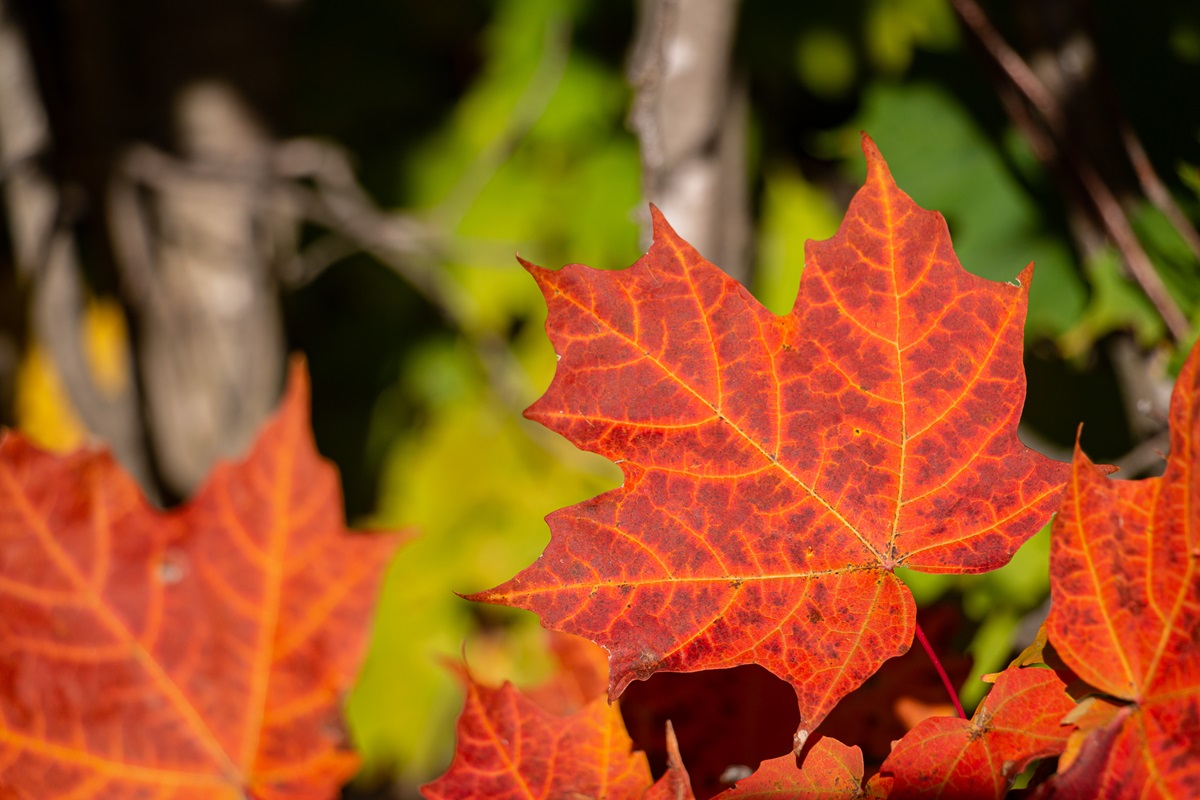
Auteur : Luc Lagacé
Cet article est disponible seulement en anglais. Vous pouvez obtenir l'article auprès de l'Hokkaido University Press. L'article est tiré de : M. Terazawa (ed) Tree sap III, Proceedings of the 3rd international symposium on sap utilization (ISSU) in Bifuka 2005, Hokkaido University Press, Sapporo, Japan.
Maple sap is the sweet exudate collected from maple trees during the spring season to produce maple syrup. It is a rich medium composed mainly of organic compounds and minerals that can support the growth of many species of microorganisms. These microorganisms are bacteria, yeasts and moulds that can develop in the taphole of maple trees as well as in the sap collection system in the form of a biofilm. The biofilm can be thought of as a reservoir of microorganisms that will continuously inoculate the sap and consequently modify its chemical composition. Microbial growth in maple sap as been known for a long time to be detrimental for maple syrup quality with regards to its colour, texture and taste. The microbial community of maple sap and biofilm was recently studied using molecular tools such as the amplified ribosomal DNA restriction analysis (ARDRA) and scanning electron microscopy. These methods have permitted the observation of the biofilm formation on the interior surface of tubing of the sap collection system and the characterization of maple sap microbiota by the identification of many species of bacteria in which, Pseudomonas species occupied an important place. A review of the results obtained with these techniques will therefore be presented here along with a comprehensive discussion on the relevant impact of these findings.